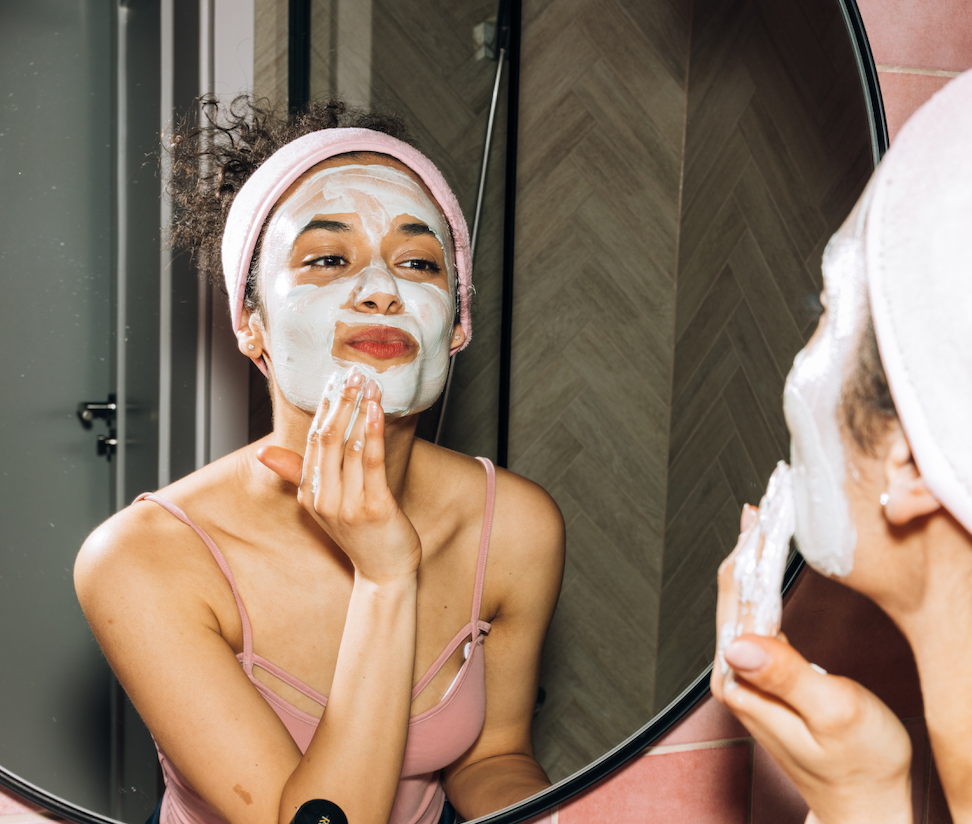
Tretinoin Purge: Everything You Need to Know About ‘Retinol Uglies’
June 3, 2023
A tretinoin purge can be a tricky thing to maneuver in your skincare journey to a perfect complexion. Retinoids are well known in the skincare community for being effective against concerns like fine lines and discoloration. They may also cause some users to experience irritation and inflammation — at least temporarily. The idea of experiencing side effects during a tretinoin regimen isn’t ideal, but experts agree that these symptoms are an important part of the process and can be managed or even prevented.
Ahead, we’ve interviewed two board-certified doctors and skincare experts from Wave Plastic Surgery to learn more about tretinoin, skin purges, and what to do when it feels like your skin is getting worse before it gets better.
What is tretinoin and what does it do for the skin?
“Tretinoin is the generic form of Retin-A, a prescription-grade retinoid product which contains retinoic acid, the most potent and active form of Vitamin A“, explains Dr. Denise Wong, MD from Wave Plastic Surgery. “Tretinoin can be prescribed to treat skincare concerns such as uneven texture, wrinkles discoloration, fine lines, and acne.”
If you are prescribed this treatment, your dermatologist or doctor may recommend a very gentle skincare routine to accompany the regimen. You may have to abstain from using other serums, cleansers, and treatments until your treatment is complete since tretinoin may have negative interactions with common skincare ingredients such as salicylic acid.
What are the side effects of this treatment?
Common tretinoin side effects may include peeling, inflammation, itchiness, redness, and irritation on the area where you have applied the product. Luckily, there are a few ways to prevent or soothe some of these side effects. “Drinking plenty of water and avoiding sun exposure as skin becomes photosensitive can help blunt the effect of the product,” says Dr. Azza Halim, a board-certified MD. “Hydrate and moisturize your skin daily and avoid applying tretinoin in the daytime to prevent sensitivity.”
If you do experience extreme burning or discomfort that doesn’t align with the side effects explained by your doctor or dermatologist, be sure to contact them to report your symptoms.
Why cause tretinoin purge?
The initial increase in breakouts and inflammation you may experience during your treatment is a necessary part of your regimen. “During the initial phase, patients may experience a temporary skin purge that can cause skin conditions to worsen before improving,” says Dr. Wong. “Tretinoin increases skin cell turnover rate, causing trapped sebum and debris to rise to the skin surface which increases exfoliation of dead skin cells, leading to redness, peeling, and sudden acne breakouts where you frequently get acne.”
How long does a tretinoin purge usually last?
Interested in asking your dermatologist about tretinoin? Be prepared to be patient in the name of clear skin. “It can take three to six months of tretinoin use before one starts to see results whether for acne clear up or skin clarity and “purging” lasts three to six weeks,” says Dr. Halim. “Full results may sometimes be seen as late as one year later after consistent use. That’s why it’s imperative that patients understand the process involved and that with perseverance the results in the end are well worth it.”
What’s been your experience with tretinoin purge? Let us know in the comments.
Image: Koolshooters / Pexels